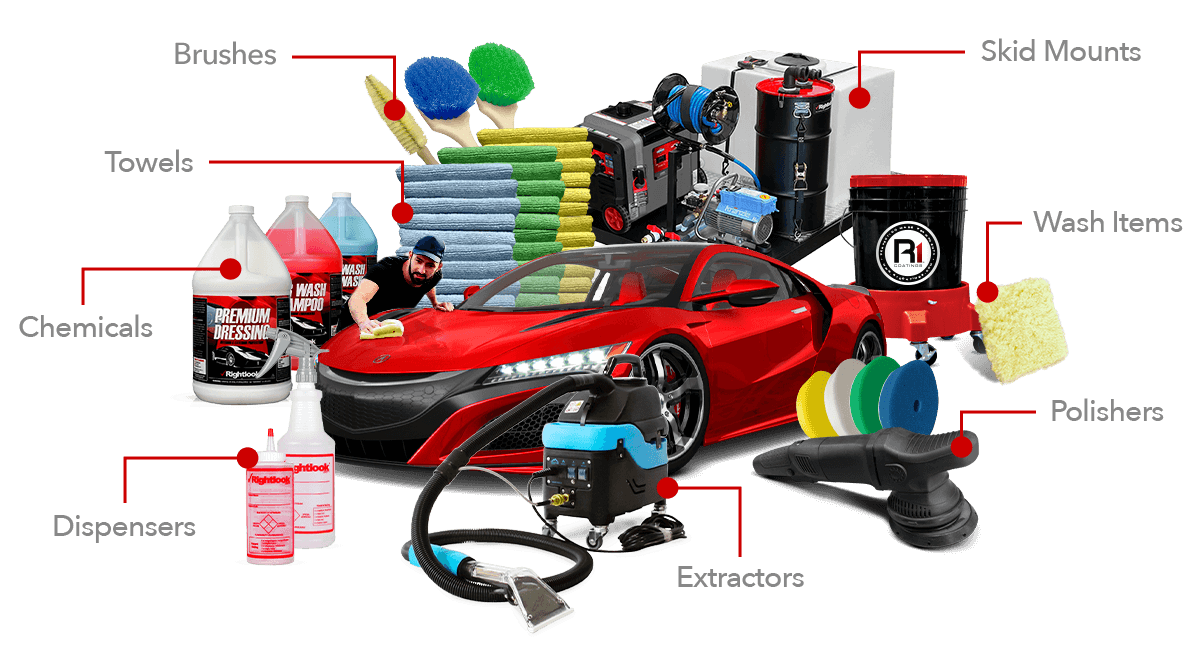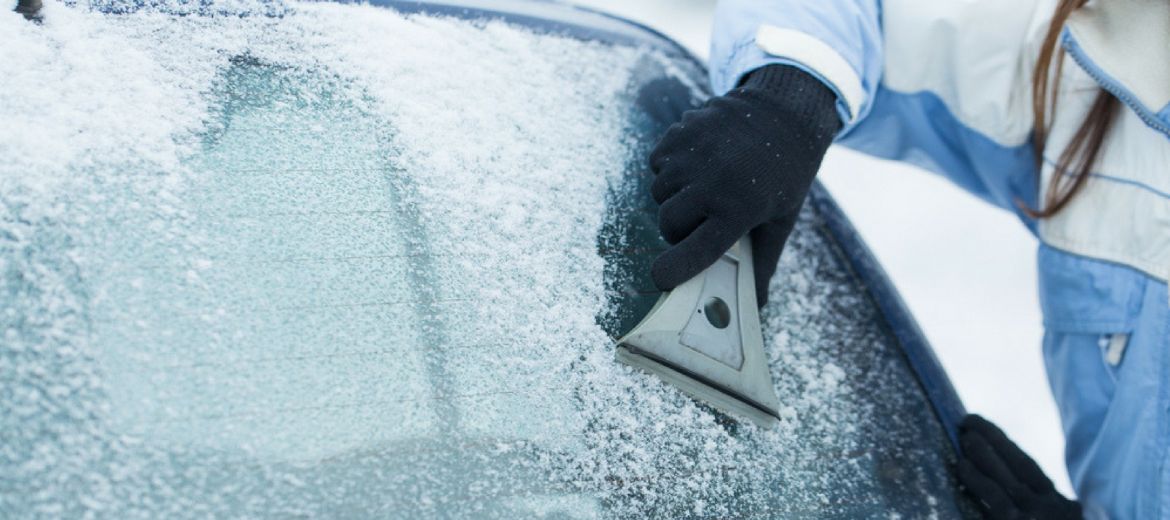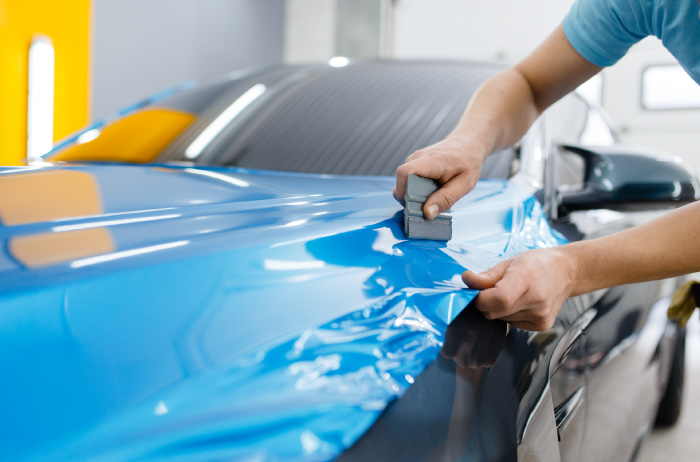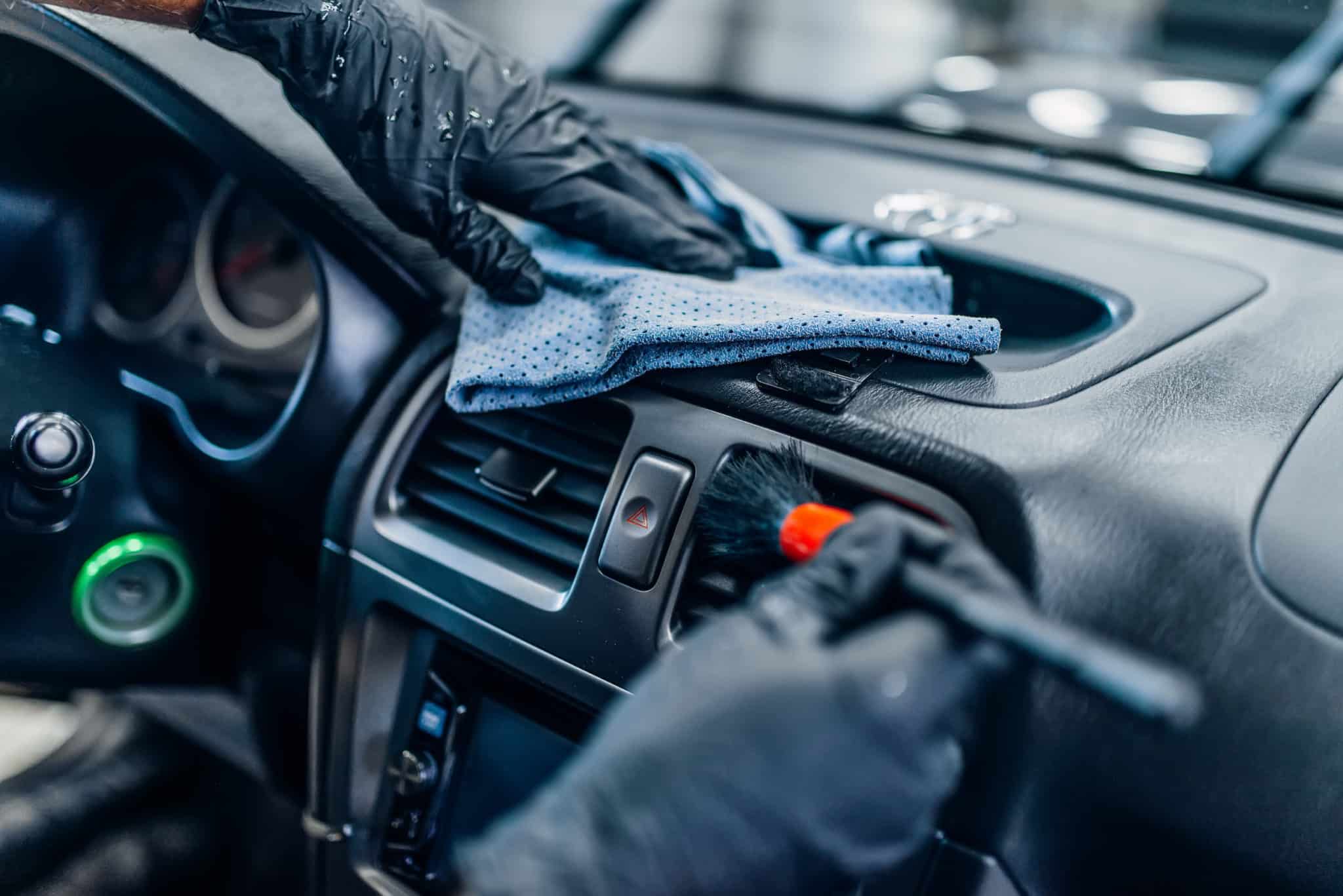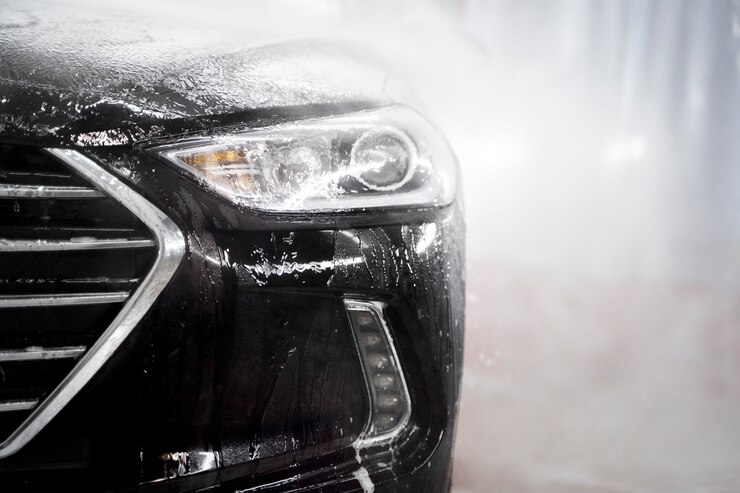Table of Contents
Choosing between matte and glossy car finishes ultimately comes down to personal preference and considerations related to maintenance, aesthetic appeal, and practicality. Here’s a detailed comparison to help you decide which one might be right for you:

Car Finishes
All About Matte Car Finish: A Comprehensive Guide
In the world of automotive aesthetics, matte car finishes have surged in popularity over recent years, offering a unique alternative to traditional glossy paints. Known for their distinctive appearance and modern appeal, matte finishes provide a sleek, understated look that sets them apart on the road. This comprehensive guide explores everything you need to know about matte car finishes, from their origins and manufacturing processes to maintenance tips and the evolving trends in the automotive industry.
Origins and Evolution of Matte Finishes
Matte finishes trace their origins to military vehicles and industrial applications where the non-reflective surface was advantageous for camouflage and operational purposes. Over time, automotive enthusiasts and manufacturers began experimenting with matte finishes in consumer vehicles, drawn to their unconventional appearance and ability to showcase a vehicle’s design in a different light.
The evolution of matte finishes in the automotive industry can be linked to advancements in paint technology. Traditional car paints contain additives that create a glossy finish through light reflection and refraction. In contrast, matte paints use additives that minimize reflection, resulting in a flat, non-shiny surface. Initially, matte finishes were limited to custom paint jobs and high-end luxury vehicles, but advancements in manufacturing techniques have made them more accessible across different vehicle models and price points.
Manufacturing Process of Matte Finishes
The process of achieving a matte finish involves specialized techniques and materials compared to conventional glossy paints. Manufacturers typically use matte-specific paint formulations that contain additives such as flattening agents or silica to reduce light reflection. These additives alter the surface texture, creating a smooth yet non-reflective appearance.
Application methods for matte finishes require precision to ensure an even distribution of the paint and a consistent matte effect. Spray booths equipped with advanced ventilation systems are used to control the environment and achieve the desired finish. Multiple layers of matte paint may be applied, followed by a protective clear coat to enhance durability and resistance to environmental elements.
Characteristics of Matte Finishes
Matte car finishes are characterized by their distinct visual and tactile qualities:
- Appearance: Matte finishes exhibit a flat or satin-like appearance without the glossy shine seen in traditional paints. They provide a smooth texture that enhances the contours and lines of a vehicle’s body.
- Texture: Unlike glossy paints, matte finishes have a tactile texture that is soft to the touch. This texture can vary depending on the specific formulation of the paint and the application technique used.
- Light Absorption: Matte paints absorb light rather than reflecting it, giving vehicles a muted or velvety appearance. This property reduces glare and makes matte-finished cars stand out in different lighting conditions.
- Color Depth: Matte finishes often enhance the depth and richness of colors, making hues appear more vibrant and intense compared to their glossy counterparts.
Pros and Cons of Matte Finishes
Like any automotive customization option, matte finishes come with their own set of advantages and considerations:
Pros:
- Unique Appearance: Matte finishes offer a distinctive look that sets vehicles apart from those with traditional glossy paints.
- Conceals Imperfections: The non-reflective surface of matte finishes can help mask minor scratches, swirl marks, and paint imperfections.
- Modern Aesthetic: Many car enthusiasts and consumers are drawn to the modern and sophisticated aesthetic of matte finishes.
- Customization Options: Matte finishes can be customized with different colors and textures, allowing for personalization to suit individual tastes.
Cons:
- Maintenance Challenges: Matte finishes require specialized care and maintenance to preserve their appearance and durability.
- Limited Repair Options: Repairing scratches or damage on matte finishes can be more challenging and may require professional expertise.
- Higher Cost: Matte finishes often come at a premium price compared to standard glossy paints due to their specialized formulation and application process.
Maintenance Tips for Matte Finishes
Maintaining the pristine appearance of a matte-finished car requires careful attention and adherence to specific maintenance practices:
- Regular Cleaning: Clean matte finishes regularly using a pH-neutral car wash soap and a soft microfiber cloth to avoid scratching the paint.
- Avoid Polishing: Unlike glossy paints, matte finishes should not be polished or waxed as these products can leave unwanted shine or gloss spots.
- Gentle Drying: Pat dry the vehicle using a microfiber towel rather than air drying to prevent water spots.
- Protective Coatings: Consider applying specialized matte paint sealants or protective coatings to enhance durability and ease of maintenance.
- Avoid Harsh Chemicals: Refrain from using abrasive cleaners, solvent-based products, or automatic car washes that may damage the matte finish.
Trends and Popularity in the Automotive Industry
Matte finishes continue to captivate automotive enthusiasts and manufacturers alike, influencing trends and design choices in the industry:
- OEM Offerings: Many automakers now offer matte finishes as factory options or special editions across their vehicle lineups to cater to consumer demand.
- Aftermarket Customization: Matte wraps and aftermarket paint jobs allow owners to customize their vehicles with unique matte finishes, expanding the range of available colors and textures.
- Cross-Industry Influence: The popularity of matte finishes extends beyond automotive design, influencing trends in consumer electronics, fashion, and interior design.
- Future Innovations: Advancements in paint technology and material science are expected to further refine matte finishes, enhancing durability, color options, and application versatility.
All About Glossy Car Finish: Unveiling the Shine
In the realm of automotive aesthetics, few things capture attention like a sleek, glossy car finish. Glossy finishes have been a staple in the automotive industry for decades, offering a timeless appeal that enhances the visual allure of vehicles. This comprehensive guide delves deep into the world of glossy car finishes, exploring their origins, manufacturing processes, characteristics, maintenance requirements, and their enduring influence on automotive design and consumer preferences.
Origins and Evolution of Glossy Finishes
The history of glossy car finishes dates back to the early 20th century when automotive manufacturers began experimenting with durable paints that could withstand outdoor exposure while providing a shiny, reflective surface. Glossy finishes quickly gained popularity due to their ability to enhance a vehicle’s appearance, showcasing its design lines and curves in vibrant, eye-catching detail.
Initially, glossy finishes were achieved using oil-based paints that offered a high gloss but required frequent maintenance and were prone to fading and oxidation. Over time, advancements in paint technology led to the development of more durable and UV-resistant coatings, such as acrylic and polyurethane-based paints, which revolutionized the automotive finishing industry.
Manufacturing Process of Glossy Finishes
The process of creating a glossy car finish involves precise techniques and specialized materials designed to achieve a smooth, reflective surface:
- Primer Application: The car’s body is first prepared by applying a primer coat that promotes adhesion and enhances the durability of the paint layers.
- Base Coat Application: Multiple layers of colored base coat paint are applied to achieve the desired hue and depth. This base coat serves as the foundation for the glossy finish.
- Clear Coat Application: A clear coat containing UV inhibitors and other additives is applied over the base coat to impart glossiness, depth, and protection. This clear coat enhances the reflective properties of the paint and provides a smooth, glossy surface.
- Curing and Polishing: After application, the painted surface undergoes a curing process, typically involving baking in a controlled environment to ensure proper adhesion and durability. Once cured, the surface may be polished to further enhance glossiness and smoothness.
Characteristics of Glossy Finishes
Glossy car finishes are characterized by several distinct qualities that contribute to their appeal and popularity:
- High Shine: Glossy finishes exhibit a brilliant shine that reflects light, enhancing the vibrancy and depth of the paint color.
- Smooth Texture: The surface of a glossy finish is smooth to the touch, providing a sleek and polished appearance.
- Reflectivity: Glossy finishes reflect light in a mirror-like manner, creating a dynamic visual effect that highlights the contours and design elements of the vehicle.
- Color Intensity: Colors appear more vivid and saturated on glossy finishes compared to matte or satin finishes, making them a preferred choice for showcasing vibrant hues.
Pros and Cons of Glossy Finishes
Like any automotive finish option, glossy finishes offer both advantages and considerations for potential owners:
Pros:
- Visual Appeal: Glossy finishes enhance the aesthetic appeal of vehicles, providing a luxurious and prestigious look that attracts attention.
- Durability: Modern clear coats used in glossy finishes offer excellent durability and protection against UV rays, fading, and environmental contaminants.
- Ease of Maintenance: Glossy finishes are relatively easy to maintain with regular washing and waxing, which helps preserve the shine and extend the life of the paint.
- Resale Value: Vehicles with well-maintained glossy finishes often retain higher resale values due to their aesthetic appeal and perceived quality.
Cons:
- Scratch Visibility: Scratches and swirl marks may be more noticeable on glossy finishes compared to matte finishes, requiring careful maintenance and repair.
- Maintenance Requirements: Regular washing and waxing are necessary to preserve the glossy appearance and protect the paint from environmental damage.
- Cost: Achieving a high-quality glossy finish can be more expensive than matte or satin finishes due to the materials and labor involved in the application process.
Maintenance Tips for Glossy Finishes
Maintaining the pristine appearance of a glossy-finished car involves adopting proper care and maintenance practices:
- Regular Washing: Wash the vehicle using a pH-neutral car wash soap and a soft sponge or microfiber cloth to avoid scratching the paint.
- Waxing and Polishing: Apply a high-quality car wax or paint sealant regularly to protect the clear coat and enhance the glossy shine.
- Avoid Harsh Chemicals: Refrain from using abrasive cleaners, solvents, or automatic car washes that may damage the clear coat and dull the shine.
- Touch-Up and Repair: Promptly address any scratches or paint damage by using touch-up paint or seeking professional repair services to maintain the glossy finish.
- Storage and Protection: Park the vehicle in shaded areas or use a car cover to shield it from direct sunlight, bird droppings, and other environmental hazards.
Influence on Automotive Design and Consumer Preferences
Glossy finishes continue to exert a significant influence on automotive design trends and consumer preferences:
- OEM Offerings: Most automakers offer a range of glossy finish options as standard or premium choices across their vehicle lineups, catering to diverse consumer tastes.
- Customization and Personalization: Glossy finishes can be customized with different colors, metallic effects, and gloss levels, allowing for personalization to reflect individual style preferences.
- Luxury and Prestige: Glossy finishes are often associated with luxury and high-performance vehicles, contributing to their desirability among consumers seeking premium automotive experiences.
- Technological Advancements: Ongoing advancements in paint technology and materials continue to enhance the durability, gloss retention, and environmental sustainability of glossy finishes.
Choosing the Right Finish for You:
- Personal Style: Consider your personal preferences and the image you want to project with your vehicle. Matte finishes appeal to those seeking a modern and distinctive look, while glossy finishes cater to those who prefer a classic and shiny appearance.
- Maintenance Commitment: Evaluate how much time and effort you are willing to invest in maintaining the appearance of your car. Matte finishes may require less frequent maintenance but necessitate specialized care, while glossy finishes demand regular upkeep to preserve their shine.
- Driving Conditions: Think about your typical driving environment and how each finish might perform. Matte finishes may be less reflective and glare-resistant, potentially offering better visibility in bright sunlight. Glossy finishes may show wear more visibly but offer a durable, protective layer against environmental elements.
- Cost Considerations: Factor in the initial cost and ongoing maintenance expenses associated with each finish. Matte finishes often come at a premium price, and their specialized maintenance products can add to the overall cost of ownership.

Ultimately, whether you choose a matte or glossy car finish depends on your personal taste, lifestyle, and priorities regarding aesthetics and maintenance. Both finishes offer distinct advantages and considerations, so weigh these factors carefully to make an informed decision that aligns with your preferences and practical needs.

